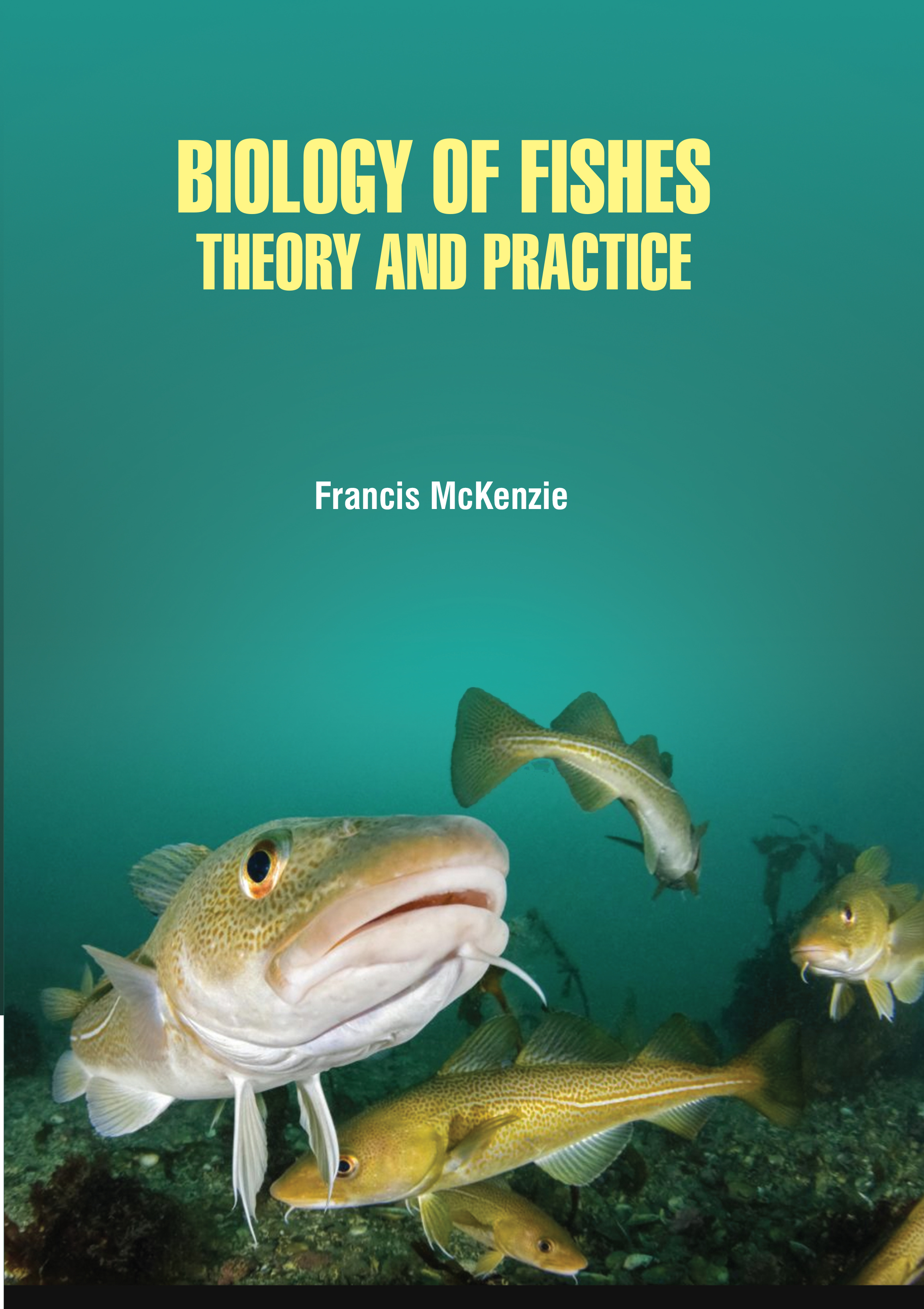
Biology of Fishes: Theory and Practice
by Francis Mckenzie
| ISBN | 9789372422900 |
|---|---|
| Publisher | Digital Drive Learning |
| Copyright Year | 2026 |
| Price | $255.00 |

by Francis Mckenzie
| ISBN | 9789372422900 |
|---|---|
| Publisher | Digital Drive Learning |
| Copyright Year | 2026 |
| Price | $255.00 |
Fish have great significance in the life of mankind, being an important natural source of protein and providing certain other useful products as well as economic sustenance to many nations. The gradual erosion of commercial fish stocks due to over-exploitation and alteration of the habitat is one reason why the science fish biology came into existence. Fish culture is the rational cultivation of fish in a confined water area where the practices of both agriculture and animal husbandry are applicable. The soil and water management aspect of fish culture practice involving application of organic manures and inorganic fertilizers for the production of microscopic plants, the phytoplankton, is basically similar to agriculture while husbandry of fish such as feeding, breeding and health care is more or less similar to a livestock farming system. Feeding method should also ensure that each of the cultured fish gets a share of the feed being supplied. Dry pellets, granules, and crumbles for fish and prawns could be broadcasted. Fish in general, are fast feeders and good palatable feeds are consumed within 15-30 minutes by most of the species. Broadcasting the feeds from pond bunds is quite adequate for small ponds less than 0.5 ha but in larger ponds more than 0.5 ha broadcasting from bunds should be supplemented by distribution in slightly interior areas using a small boat. Moist and dough feeds should not be broadcasted but kept in earthen or plastic trays, placed at a few spots in the peripheral areas of the pond. This is an ideal textbook for students of fish biology and any of the branches of aquatic biology.